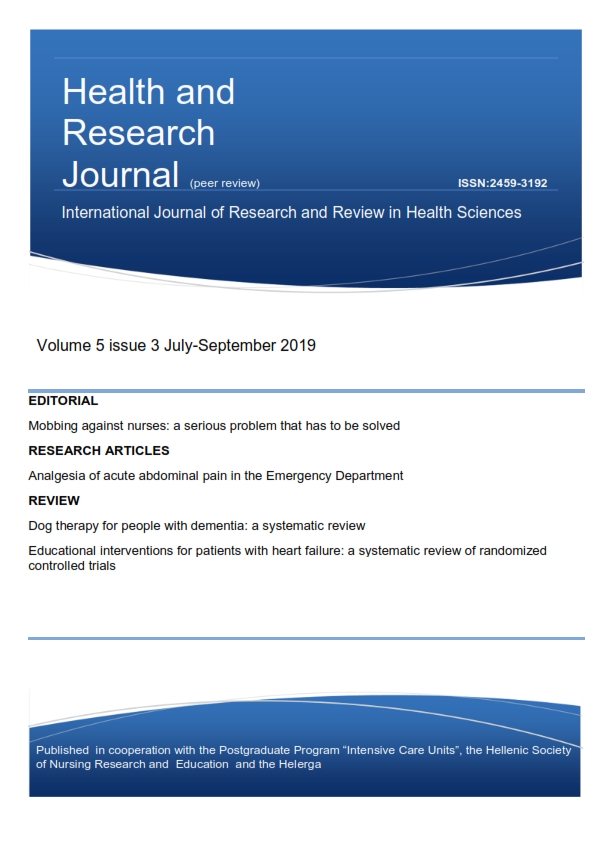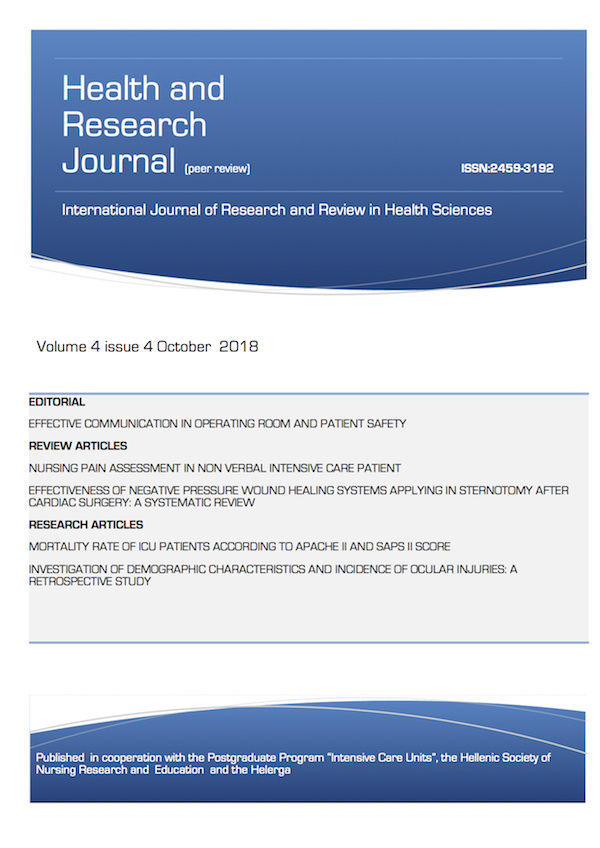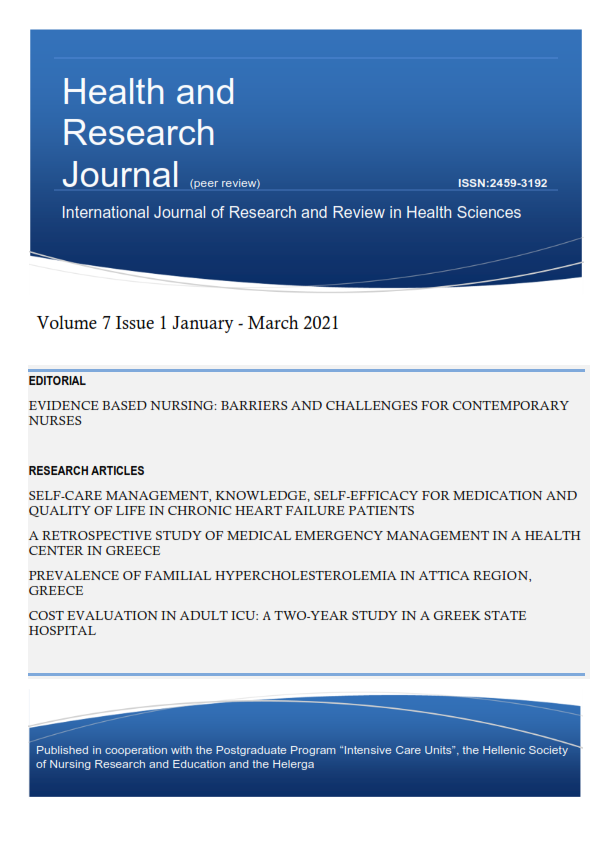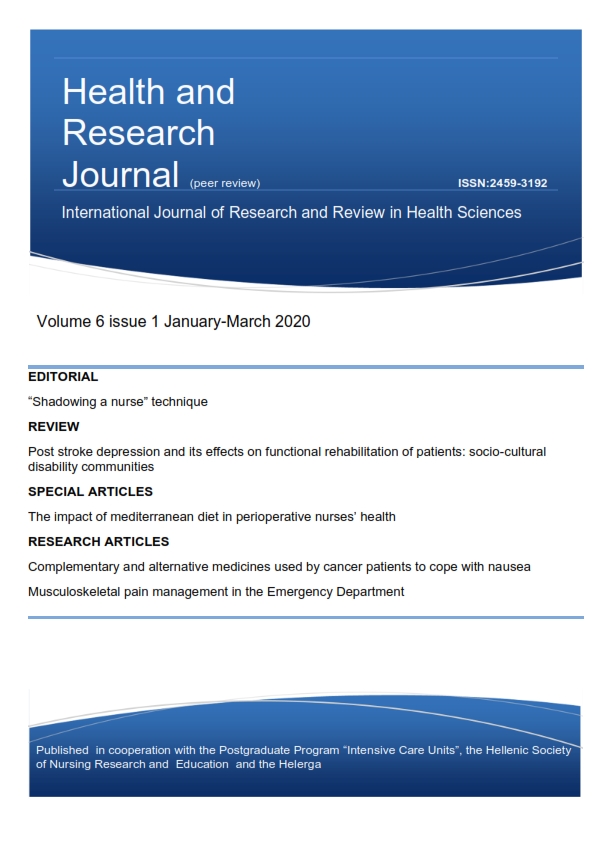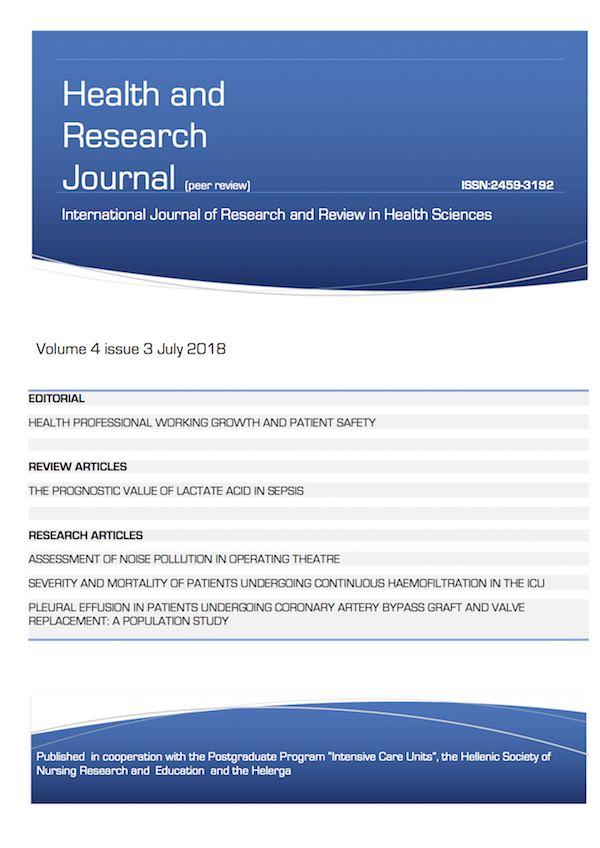Evaluating polytrauma patient outcomes and their correlation with trauma severity
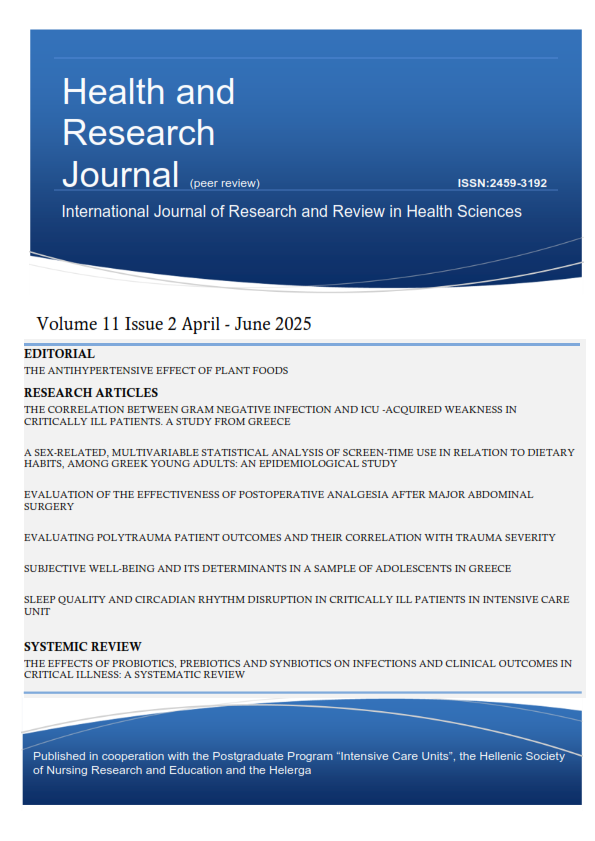
Abstract
Background: Worldwide, injuries are the cause of death for 4.4 million people per year. Identifying clinical indicators that reliably correlate with the severity and outcomes of polytrauma patients can play a crucial role in improving their care. The present study aimed to assess the outcome of polytrauma patients and relate it to the severity of the trauma.
Method and Material: This is a prospective observational study of 65 polytrauma patients (45♂) who came to the ER, aged over 16, with multiple injuries, and were admitted to the hospital. Data were collected through a structured recording form, including patient clinical data and outcome scales for life expectancy and outcome assessment (TRISS, APACHE II, Marshall CT Scan Grade, GOS-E).
Results: The average age of those with multiple injuries was 48.95 years (SD 19.91). The main mechanism of injury was blunt trauma (98.5%). The most common cause of treatment was traffic accidents (58.5%). The shortest median length of stay in the emergency room was 200'. The most common complications were transfusions (18.1%), sepsis (16.9%) and pneumonia (12.8%). The median length of hospital stay was 30 days, with 46.1% of patients recovered and 41.6% disabled. Trauma scores were analysed for the relationship between length of stay and outcome. The hazard function was statistically significant (χ²(3) = 24.784, p < 0.001), with the TRISS scale identified as a significant predictor (p = 0.002, OR = 0.96). Each increase in the TRISS scale reduces the risk of death by 4%. The model, including the TRISS scale, patient waiting time in the emergency department (ED), and oxygen saturation in the ED, was also statistically significant (χ²(3) = 20.029, p < 0.001), confirming the TRISS scale confirmed as a significant predictor (p = 0.002, OR = 0.96).
Conclusions: In patients with polytrauma, the TRISS scale was shown to be a valid predictor of results. Its use in clinical practice can enhance patient care and direct early action.
Article Details
- How to Cite
-
Velonas, G., Linardatou, V., Koutete, D., Alevizopoulos, N., Paraskevi, D., Dritsas, S., Papadopoulos, A., Magkoutas, G., Kalogianni, A., & Marvaki, C. (2025). Evaluating polytrauma patient outcomes and their correlation with trauma severity. Health & Research Journal, 11(2), 132–141. https://doi.org/10.12681/healthresj.40184
- Section
- Original Articles
Copyright notice:
The journal "Health and Research Journal" reserves the rights for copyright of the content of the website and also the copyright of the articles published.
By virtue of their appearance in this journal, the articles are free to be used for non-commercial purposes. However, the articles cannot and must not be used in anyway, published elsewhere or modified without any reference to the author and the first publication of the article.



